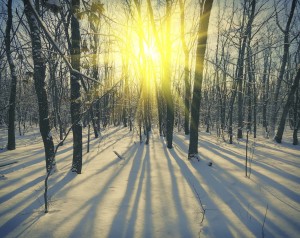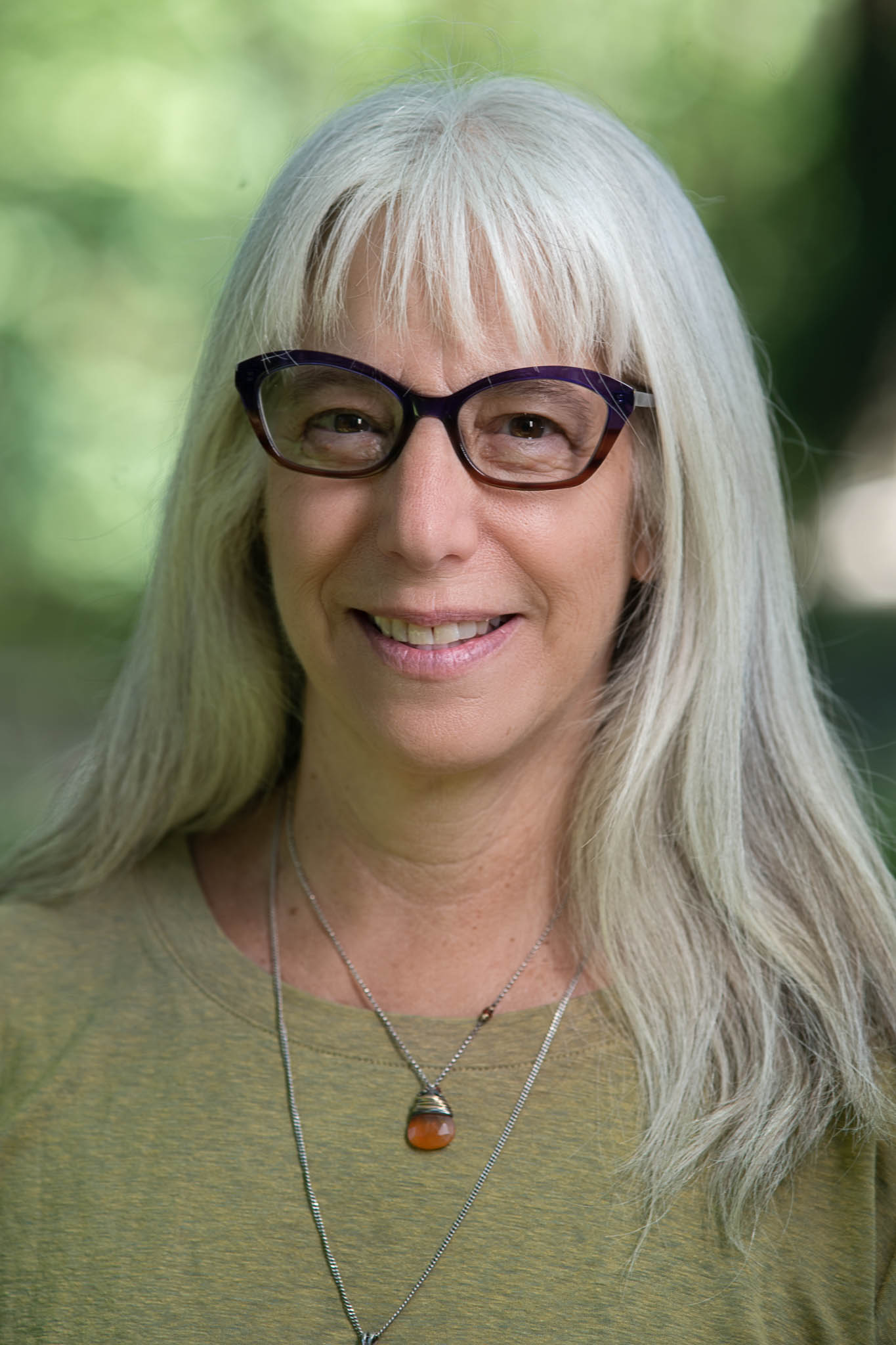Editor’s Note: The following post is adapted from remarks made by Wes Ward, Senior Advisor for The Trustees of Reservations and a consultant at Solid Ground, at the Sudbury Valley Trustees’ annual meeting in October 2014. While most relevant for our land trust and conservation clients, we hope all of our readers will appreciate Wes’ perspective on “big change” and the next 25 years of conservation work.
 Since joining the Massachusetts conservation 33 years ago, I have admired your work as a regional land trust. Your organization is one of the very best land trusts in New England; you have been focused on important work, you have been frugal and well-managed, and you have been a leader in working with partners and advancing the cause of conservation and stewardship across Massachusetts and beyond.
Since joining the Massachusetts conservation 33 years ago, I have admired your work as a regional land trust. Your organization is one of the very best land trusts in New England; you have been focused on important work, you have been frugal and well-managed, and you have been a leader in working with partners and advancing the cause of conservation and stewardship across Massachusetts and beyond.
As I downshift from a long career primarily at one organization to life as a part-time conservation advisor, gardener, and grandfather, I have been thinking about the land trust movement, the challenges ahead, and the role of regional organizations like yours.
My thoughts are not radical, in the incorrect sense of wild and crazy, but they do go back to the roots of conservation as much as they attempt to predict the increasingly unpredictable future. Yogi Berra said, “The future ain’t what it used to be.” But if we are to believe the most recent forecasts for sea level rise and the extent of expected inundation in Boston, we know that Yogi’s quip is wrong when applied to the effects of climate change. The recent Boston University maps in the Globe showing the extent of predicted inundation from sea level rise could overlay almost precisely the maps of Paul Revere’s Boston – back to that small turkey head on a long, thin neck.
Before I get to my subject, a caveat: just as there are several overlapping environmental movements, there are several parallel, overlapping, and intersecting land trust movements. For example, The Trustees of Reservations is as much a historic preservation organization as a traditional land trust. Some in our movement save international biodiversity; others create and manage community gardens in bustling urban neighborhoods. Many rely on conservation easements, while others see them as trouble and would rather embrace their properties as outright owners and stewards.
While we all share the same box of tools, our activities and priorities range widely. As a result, generalizations about land trusts are bound to be somewhat true and not so true.
With that understanding, I’d like to suggest a few rough ideas about the next 25 years of land trust work. The challenges we face are threats to our organizations only if we think narrowly and fail to perceive opportunity and adapt to change. Big change.
- Demography and geography. If the current “back to the city” trends continue, conservation in many communities may take on different meanings. Without the pressure of relentless sprawl, land trusts may rediscover their historical ancestry in the 19th Century village improvement societies – more occupied with community stewardship in the broad sense than with conserving specific parcels of land; the supply of undeveloped land being quite limited in the older suburbs as well as in reviving cities. This shift from conservation toward stewardship will require some hard choices in setting strategies and priorities. But stewardship and engagement will attract and hold a devoted constituency as well as protecting land. Will this shift happen tomorrow? No, it will be gradual, but it is already beginning to happen in our area.
- Diversity. Land trusts must represent their communities, but many by geography or choice cling to fairly homogenous slices of their towns and regions. The 2010 census has some lessons for all of us in Massachusetts: both our cities and suburbs are becoming more diverse ethnically, culturally, and racially. We all need to draw our constituents, supporters, volunteers, and visitors from the growing diversity in our changing communities. As we are seeing elsewhere, in the years ahead our communities will elect an increasingly diverse leadership at all levels. We cannot assume that conservation will remain a priority for our communities and our legislators unless our cause continues to be broadly and strongly supported across our state and the country. For that we need allies and leaders across the racial and economic spectrum.
- Climate change. A visibly pregnant participant in the Peoples Climate March in New York City in September carried a sign saying, “We are Burning our Kids’ Inheritance.” If that sign was meant to make us uncomfortable, it served its purpose. We are in this together; “we have met the enemy and it is us.” Over the next 20 years, climate change deniers will be hard to find. Many will have become climate change recriminators and adaptation resisters: “You can’t dig a canal through my historic neighborhood!” It’s the way it is in American politics; perhaps it’s just human nature, as Noah learned. First, deny the need for change; than resist it in legislature and Congress, until . . . when?As a consequence of climate change, we in the land trust movement will need to adjust our strategies and priorities at all levels. For example, removing houses and other development from flood-prone areas, and sculpting those ten-foot berms around our cities, may become higher public priorities than protecting forests, much of which may be enrolled in long-term carbon credit programs anyway. Wind and solar farms, energy storage facilities, and new power line and pipeline corridors will inevitably change the face of our landscape and threaten its visual and ecological integrity. Land trusts must and will defend the land they’ve protected, but will do so more effectively if they are part of the public conversation early on.
Whatever the challenges, organizations like yours will respond, adjust, adapt, and thrive. Why? You have the relatively high ground. What I mean is that you have a long history of working with your communities, adapting to an unstoppable flood of suburban development, and protecting an environmental infrastructure that is increasingly appreciated by the people you serve.
You have a vibrant future because you represent the very best in your communities, you educate through the day-to-day performance of your mission, and you have worked broadly to strengthen the Massachusetts and national conservation community. You also remember your roots (well, your origin) in the paddle-strokes of Henry David Thoreau, a true naturalist, who raised eyebrows wherever he went and left an ethic and a legacy for all of us.
One of your founders, George Lewis, said it well in his book, Fifty Years of Conservation:
The good news is that much of the countryside surrounding these handsome new SVT properties is already protected public space. As time goes by, one can anticipate a steady development of trails and other recreational uses, while at the same time realizing that workplaces are part of the landscape. As future users approach this island of green, they must pass through some of the most intensive commercial and industrial development in eastern Massachusetts and might conjecture, ‘This is how it ALL might have been.’
I am proud to have worked with you over the years. Here’s to your continued and growing success in the years of challenge and change ahead.

